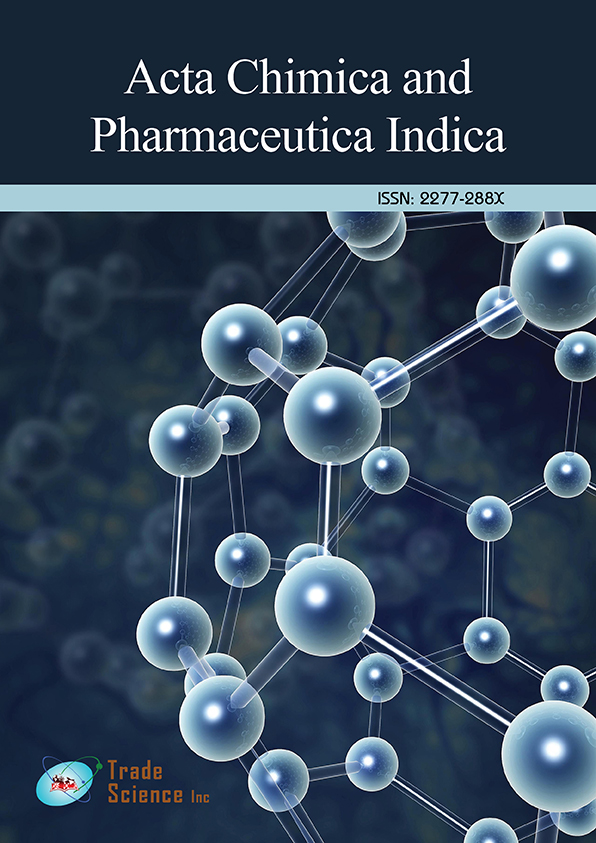Abstract
In vitro assessment of antioxidant, anti-inflammatory, neuroprotective and antimicrobial activities of Centaurea tougourensis Boiss. & Reut
Author(s): Mohamed Sabri BensaadMore than 500 Centaurea species compose the Asteraceae family, and most of the recent studies made on the species of this genus proved their pharmacological potential, especially to treat chronic illnesses. Aims: To evaluate for the first time the antioxidant, anti-inflammatory, neuroprotective and anti-microbial properties of the n-butanol (n-BuOH) and ethyl acetate (EA) extracts of the aerial part of Centaurea tougourensis. The antioxidant activity was determined by ABTS, galvinoxyl radical, phenanthroline, and reducing power assays, while the anti-inflammatory effects were assessed by heat-induced hemolysis and egg albumin denaturation assays. The neuroprotective activity was assessed against acetylcholinesterase (AChE) and butyrylcholinesterase (BChE) and the anti-microbial activity by the agar disk diffusion method. Both extracts possess a great antioxidant capacity, but it was considered higher in the n-BuOH extract with respective IC50 values of 8.04 ± 0.21 μg/mL in ABTS assay and 4.25 ± 0.6 μg/mL in GOR assay, while the A0.50 values were 4.46 ± 0.55 μg/mL in phenanthroline assay and 11.16 ± 0.64 μg/mL in reducing power assay. The n-BuOH extract also showed a remarkable anti-inflammatory activity with an EC50 of 120.81 ± 0.2 μg/mL in egg albumin denaturation assay and 154.15 ± 0.14 μg/mL in heat-induced hemolysis assay. The neuroprotective activity of the n-BuOH extract was very strong in both AChE and BChE inhibitory assays with respective IC50 values of 9.8 ± 0.62 μg/mL and 173.53 ± 0.04 μg/mL. EA extract was more active on microbial strains. Conclusions: These encouraging results showed once again the pharmacological potential of Centaurea species.
